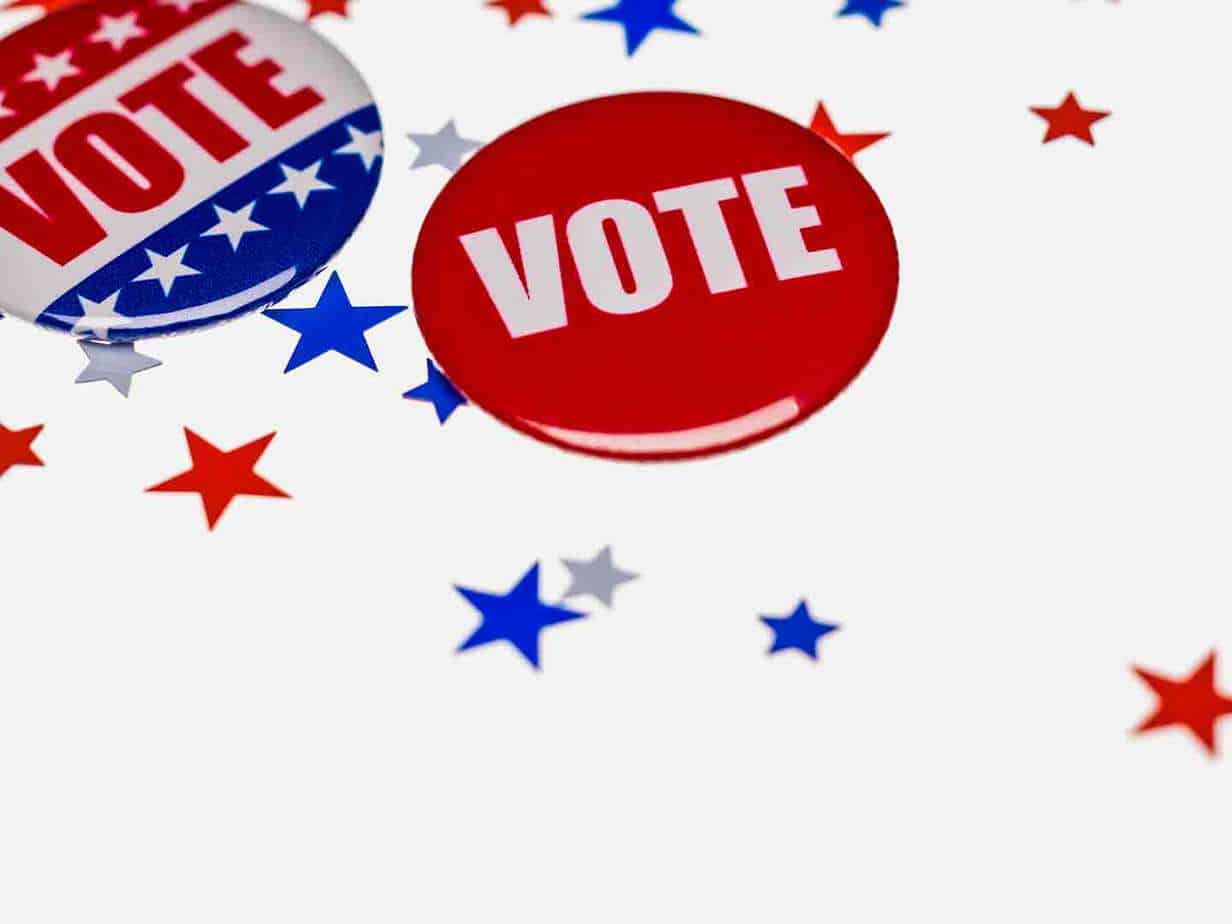
The mid-term election season is in full swing. Voters are going to the polls for primary contests. Candidates and political action committees are buying ad space to inform consumers and sway the vote. While online media formats may see the biggest increases in political ad spending, cable TV operators can expect to see their revenues increase from this activity.
The prediction comes from Wall Street analyst Marci Ryvicker. Like other political ad spending experts, Ryvicker expects the total ad spending will about to $4.4 billion before the year ends. That’s a 15% increase over the previous mid-term election cycle, which happened in 2014.
TV operators will enjoy solid growth from this revenue source. And cable TV operators, in particular, will likely see a big boost. In 2014, cable TV had 16% of total campaign ad spending. This year, the format will earn 19%, which will amount to $850 million. The source of the shift, according to Ryvicker, is cable TV’s “extreme audience targeting capabilities.” Meanwhile, local TV stations will continue to have about 54% of all ad spending.
Much of the ad spending on TV will focus on local hot-button issues. PACs will be working to convince the electorate to legalize cannabis in some markets. Local initiatives on gun control and health care will also drive ad buying.
While you may be selling more TV ads in the next couple of months, don’t neglect your online media space. The spending of $600 million on formats like online video, display and search represents an estimated 140% increase over 2014 levels and will comprise 13% of the total.
Out-of-home advertising remains an effective way to connect with voters. In 2014, OOH was 2% of political ad spending. This year, the percentage remains the same. Because of the bigger spending pool, the amount going to OOH will be $87 million.
Not every media format will win during this year’s election. Print, Ryvicker says, will likely come in at about $200 million. Media buyers will probably spend only 5% of their budgets on print, versus 13% in 2014. Radio will also experience a decline, though it will be a bit smaller and go about 5% or $202 million.
To learn more about political ad buying organizations, check out the Local Account Intelligence Reports available at AdMall from SalesFuel. Share the information with your clients and encourage them to buy media early and often to win attention and votes.
